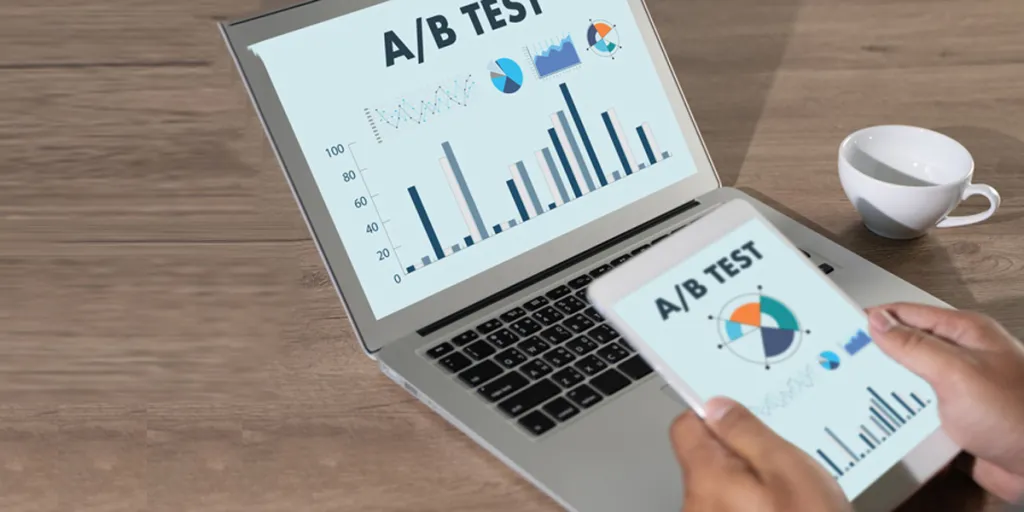A/B testing is a common practice that businesses apply to almost every aspect of marketing, including email. Email A and B tests are a great way to find out which variants of a marketing message resonate with your audience or generate more clicks or what campaigns work best.
Identifying ways to improve these metrics, even by a small percentage, can significantly impact your ROI (up to $36 for every $1 spent) and bottom line. However, one mistake marketers make is becoming content with average or good results.
Therefore, to become an effective email marketer, you must always look for new ways to improve your strategy. This article will dive into email A/B testing, its importance, and common best practices to boost your profits in 2024!
Table of Contents
What is email A/B testing?
What variables should you test in email ab testing?
Importance of email split testing
How to run an email A/B test
Email A/B testing best practices
Conclusion
What is email A/B testing?
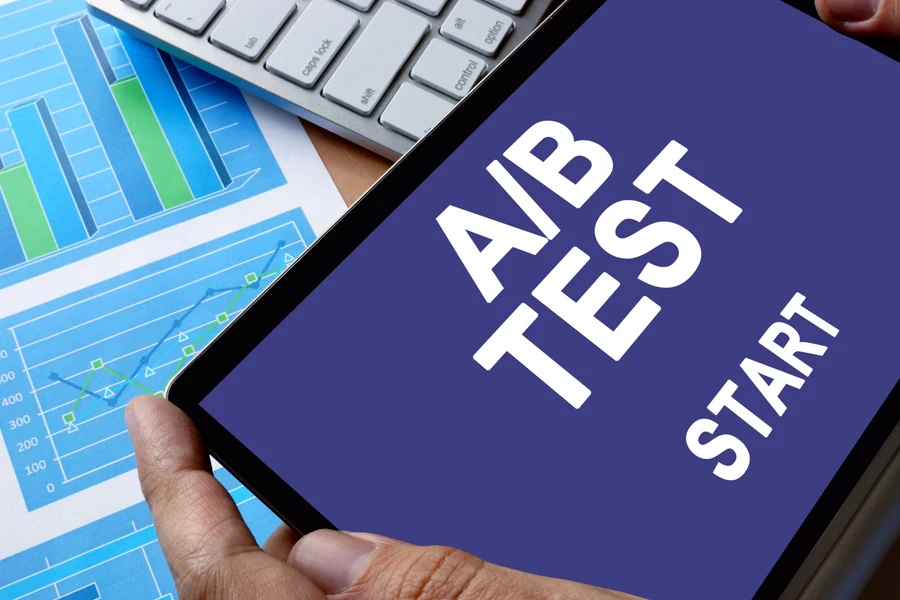
Email A/B testing or split testing is a research methodology that involves comparing different versions (variant A and variant B) of emails to find out which drives more clicks and sales.
It’s important to note that in split testing, only one change or element is different between the two email variations that you are testing so that you can decode what specific elements have a more significant influence on your digital marketing performance.
What variables should you use in email A/B testing?
When A/B testing your email campaigns, here are essential elements you should consider in your experiment.
- Subject lines: This is the first thing a person sees upon receiving an email, and it can either make or break your strategy. Things to test in your subject lines can include length, casing, or emoji usage.
- From name: The “from name” is the sender’s name appearing in the email inbox preview. You can test the company’s name against the name of one of your team members or a specific department within your business.
- Email design and layout: When testing this variable, elements to test include single-column versus multi-column, image grids, or different email templates.
- Send time: Test different times to determine what period works best for sending your email marketing efforts.
- Media: Most companies incorporate media in their emails to boost engagement. Examples of media types to split test include infographics, videos, static images, and GIFs or plain text against visual elements.
- Call-to-action: Marketing emails should have a call-to-action (CTA) to direct people on what to do next. Variables to test can include the color, buttons, CTA placement, or hyperlinks.
Importance of email split testing
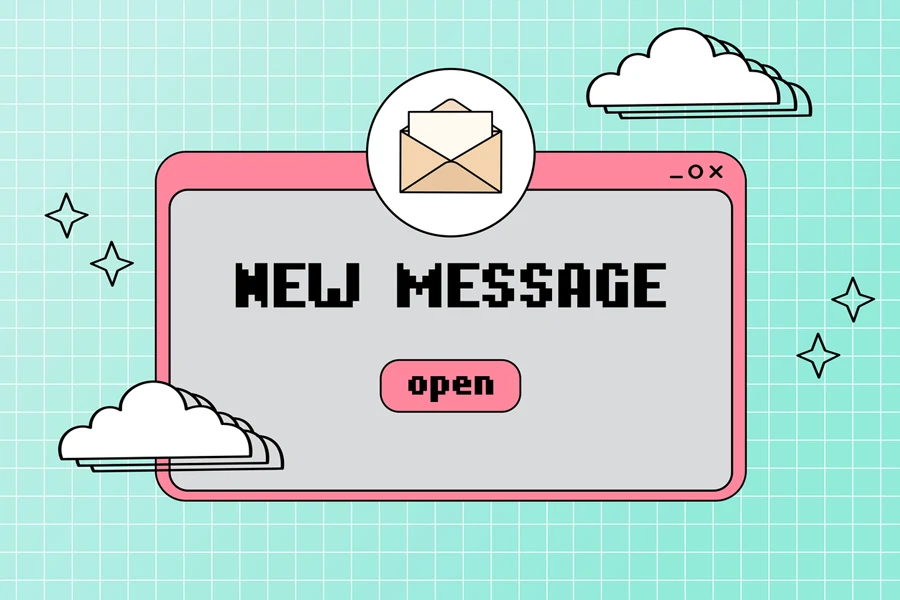
An average person receives approximately 120 emails per day, which can be overwhelming for marketers. With A/B testing, you are able to gain accurate data and learn which emails work and what your customers respond to. Here are the key benefits of running email A/B tests.
- Increase open rates – Experimenting can help you increase the rate at which people open your emails. You can test different subject lines, preview text, or sender names to see what versions resonate with your customers and adjust accordingly.
- Increase click-through rates – Your click-through rates massively increase by testing elements such as the email length, the content, or CTA appearance.
- Improve conversions – Testing allows you to understand what your audience wants while converting more prospects into buyers.
How to run an email A/B test
A/B testing in email marketing requires following a series of steps to be successful. Here are the steps you should follow:
1. Identify the problem

Start by identifying your email campaign statistics to see what needs to be improved.
You should define the user’s behavior and find problem areas in your conversion funnel to identify areas for optimization. In addition, include the landing pages your potential customers reach after clicking a link in your email.
2. Create a hypothesis
Develop a hypothesis based on your analysis by thinking about what can be improved and how, then define what results you expect from making changes.
Examples of hypotheses can be:
- A subject line for an abandoned cart email will drive more sales if it contains the product’s name.
- Increasing the size of the CTA button will make it easier for audiences to click on it and boost conversion rates.
Clearly identify what you want to change and the impact it will make before starting your test.
3. Test the hypothesis

After making a hypothesis, the next step is setting up the A/B test. It involves creating a variation and split-testing it against the current email.
Consequently, keep in mind the metrics you want to track to measure the success of your test. The metrics should always be related to the hypothesis you are testing.
For instance, thinking that writing email subject lines in upper case will lead to more opens, then an excellent metric to measure is email open rates.
4. Analyze the test data and draw conclusions

Once you have sent your emails to defined target groups, it’s time to monitor your test results to see which version is performing better than the other.
If you were aiming at yielding higher open rates and seeing that the new version brings the best results, then you will know which option you are choosing for your email marketing campaigns.
Therefore, if you see a clear winner, you can proceed with the implementation. If the results do not have statistical significance or are inconclusive, consider reworking your hypothesis and running a new test.
Email A/B testing best practices
1. Set goals
When you A/B test your emails, setting a goal you want to achieve is essential. Putting up a split test without any reason won’t be a good idea.
Instead, ask yourself why you want to apply split testing in your email campaigns. Is it to increase conversions, email open rates, or boost your clicks? Then, figure out the changes you need to make to produce the significant results you aim to achieve.
2. Define your audience

You need to understand which segments of your audience should receive what email before spitting them randomly. Behavioral data is valuable when choosing the right target audience and attaining successful results.
In short, the more specific you become about separating your audience, the higher your chances of getting more results that influence accurate data-driven decisions.
3. Use a large sample size
Treat email A/B testing like a statistical experiment where you draw insights from a large group of people. A large sample size will increase your chances of getting more accurate results. If you choose to work with a small target group, your results may fail to be conclusive or statistically significant.
In addition, you should wait for your results to be statistically significant or until you have a large sample size of your audience. Experts recommend a sample size of at least 1000 participants where variant A goes to 50% and the other half receives the B variant.
4. Focus on the messages you frequently send
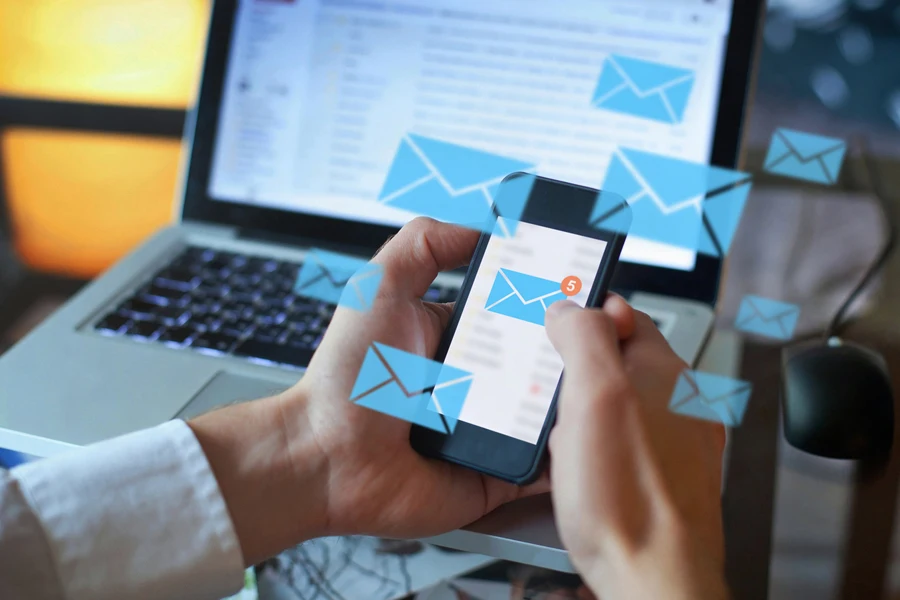
Prioritize your A/B testing efforts on the emails you often send to your audience to perfect them. These emails include welcome, promotional, and abandoned cart emails.
Doing this ensures that your emails reach many people and produce substantial results from your experiment.
5. Test one element at a time
You may have several experimental ideas, but a good idea is to A/B test emails one variable at a time and leave the other elements unchanged. Testing more than one element simultaneously makes it difficult to determine what variable your audience is responding to.
For example, if you edit the color of the CTA as well as the copy of the email message and there is a spike in conversion rates, you won’t know if changing the CTA button led to higher rates or tweaking the email copy did.
6. Wait enough time before evaluating performance

Unlike SMS messages, in which subscribers read the text immediately, it may take some time before your audience engages with your email content.
A good idea would be to use the engagement data from your previous campaigns to see how long it takes for your recipients to engage.
Whether it is hours or days, use that data as a basis for how long you should run your test. This gives you enough time to collect data before making any small changes to your emails.
Another tip would be to set a test duration based on the split test metric that you are evaluating. For example, you can let a test help improve sales conversion rates to run longer than one based on open rates or clicks.
7. Continuously challenge through new tests
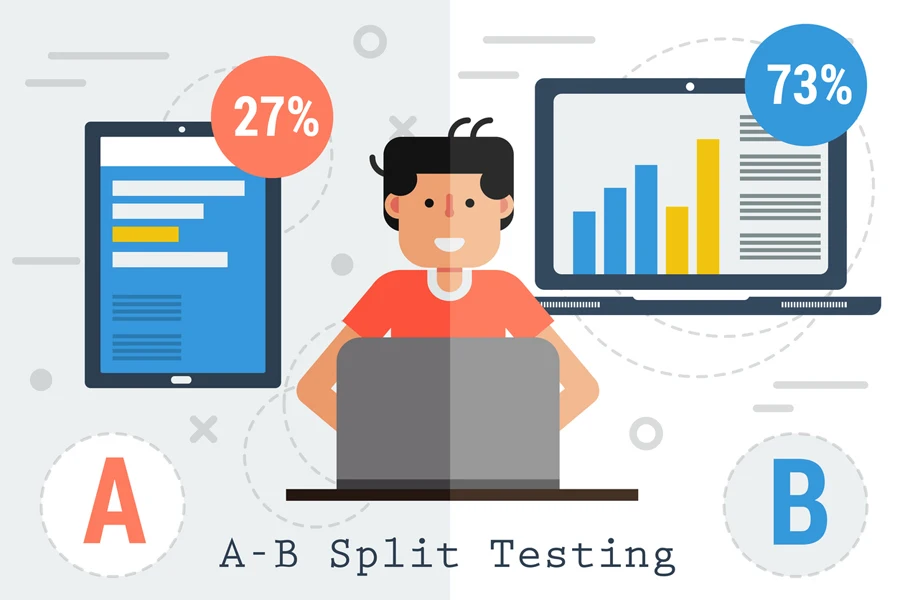
Any aspect of your email can be optimized with A/B testing to improve your campaign results. Get creative with email elements and try to think of new aspects to test.
Take the subject line, for example; there are myriads of variants to test, such as personalization with the subscriber’s name, length, emoji usage, and more.
With trends and user behavior constantly changing, as a marketer, you should continually analyze and adjust your strategy to achieve business success. The more you test and make relevant changes, the more revenue you will make.
Conclusion
When done correctly, A/B testing can boost the effectiveness of your email marketing strategy. By following the practices in this guide, you are likely to gain higher email open rates, click-through rates, and conversions.
Keep regularly testing and improving your emails. Your bottom line will thank you. And finally, remember to follow Alibaba.com Reads for essential ecommerce marketing insights.
